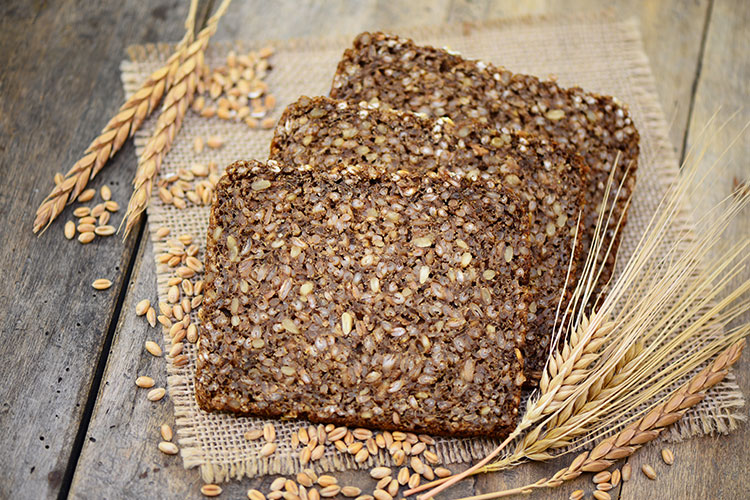Balancing the desire for clean label with other must-haves — functionality, flavor, quality, shelf life, etc. — can be difficult for bakers. Kathy Sargent, Corbion’s strategic innovation director, provides insights and tips on how to navigate that terrain.
“We focus a lot around functionality. Any time we try to replace ingredients, particularly highly functional ingredients, one of the hardest hurdles is that every application seems so diverse in how it responds to those replacements,” Sargent says.
Consider something like batter, or dough strengtheners. The clean label solution for whole wheat, heavy grain breads may be totally different than for buns she says. “Every application experience has different advantages and values. We really have to take a toolbox approach. At Corbion, we’ve really been mapping out functional needs to different applications. Then we can look at gold-standard traditional ingredients, and see how clean label technology compares.”
Every ingredient has a multitude of functionalities, and they’re different depending on the application. As a result, drop-in replacements are much more complex to implement. Corbion works extensively in the clean label preservation space. And, as Sargent says, any time you’re working with something closer to nature, you’re delivering functional components such as preservation — but you may also be delivering other side components.
“We work hard to find the side activities such as fermentation that are very value-add, and we try to minimize those that aren’t as favorable,” she says. “But usually it’s not a one-to-one swap.”
Take a concentrated additive like calcium propionate. Corbion’s Verdad MP100 is a clean-label alternative. “We’re delivering a fermented blend of acids where mold growth is controlled, but we have to work to have a favorable, yeasty, fermenty flavor because we don’t have the same level of isolation and purification of the components. So we’re delivering other side materials with it.”
That balancing game, as Sargent calls it, tries to maximize the positive qualities of the clean label substitute while minimizing the negative. Building in more tolerance, she says, is a key value add.
“If bakeries can use the same solution over a wider variety of applications, it makes it much easier to convert and reduce complexity in their formulation and manufacturing and to make it more economical by scale,” she says. “So we think that we’ll continue to build that robustness into planning and technology to get closer to solutions we’ve had before without having to add multiple applications and as much tailoring by application or even by production process.”
It’s hard to overestimate the importance of getting clean label right. Its importance among bakers and their consumers is only growing, Sargent says.
“I think it’s an area where customers look to differentiate as well as just to avoid falling behind in the market,” she says. “Demand for clean label is definitely growing. There are a lot of initiatives out there around it, and I think each customer defines it differently. That creates some level of difficulty in developing. But it also provides a way for each brand and each company to stand out with their unique claims and positioning.”

